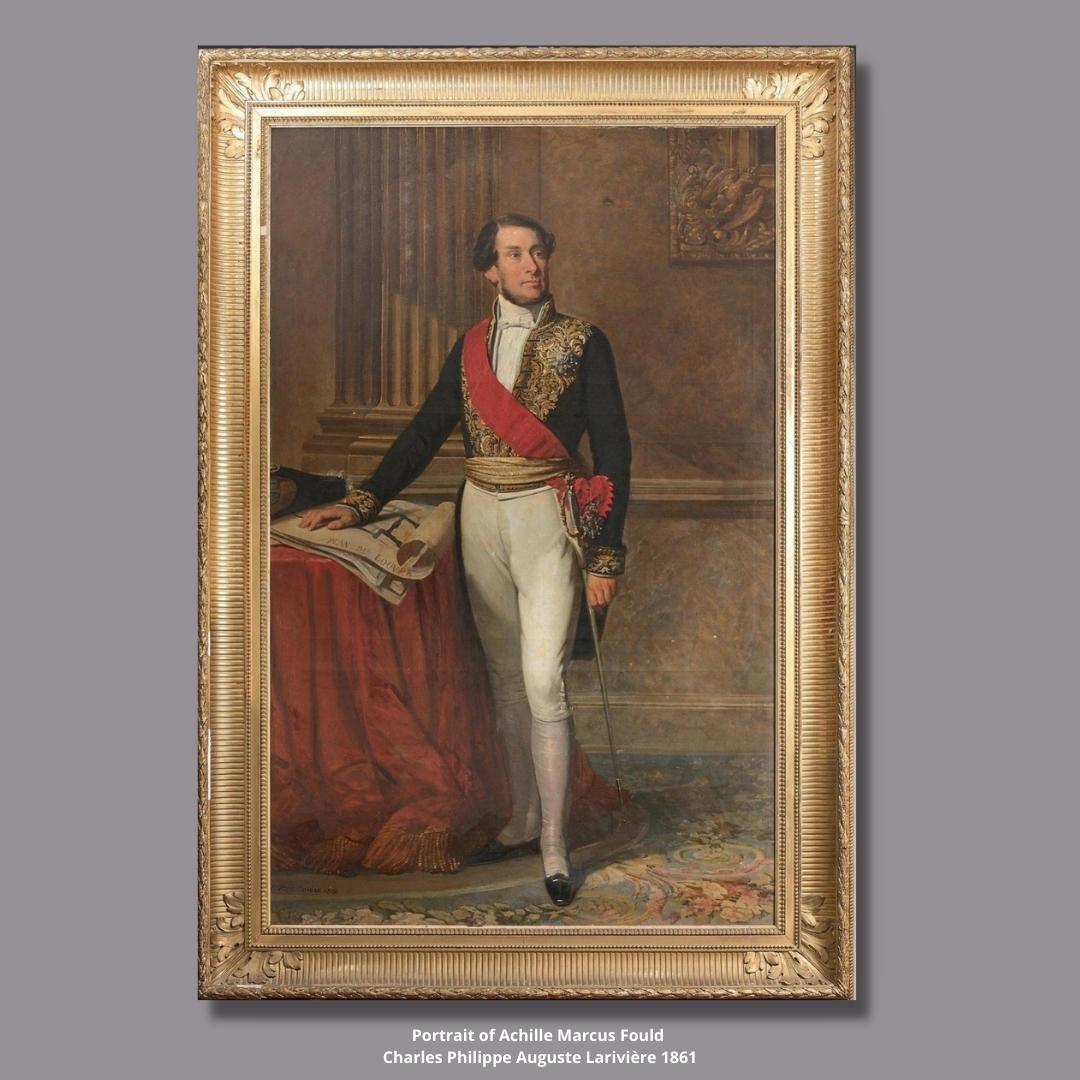Guillaume et Jean-Michel Grohé
An Important Napoleon III Parquetry Pedestal Desk
£140,000
An Important Napoleon III Gilt-Bronze Mounted Parquetry Pedestal Desk, By Guillaume Grohé. France, Circa 1860. Grand in scale and very useable, this...
尺寸
高度:76厘米(30英寸)Width: 200 cm (79 in)
Depth: 102 cm (41 in)
描述
An Important Napoleon III Gilt-Bronze Mounted Parquetry Pedestal Desk, By Guillaume Grohé. France, Circa 1860.
Grand in scale and very useable, this impressive pedestal desk is conceived in the Louis XVI style popularly revived during the Second Empire period. The top has a beautiful dark green leather writing surface with a fine gilt hand-tooled border. The gilt-bronze mounts of scrolled acanthus to the frieze and ribbon-tied floral garlands to the angles are finely cast and chased. The frieze is fronted by three drawers fitted with high security locks by Huby of Paris. The pedestals have lozenge parquetry panels fronted by cupboard doors enclosing drawers. The right pedestal is fitted with a pen tray and safe box. The sides are fitted with pull-out slides. Designed to be placed centrally in a room or window bay, the kneehole is filled to the back with a panel decorated with conforming parquetry.
Le Monde Illustré of 4 November 1865 records that Monsieur Huby of the faubourg Saint-Antoine, Paris, is a maker of the finest locks supplied to furniture makers including Grohé and Sauvrezy. The locks to this desk are especially ingenious being of a Bramah type, meaning the tips of the keys have slots of different depths which when inserted into the lock turn under sprung tension.
France, Circa 1860.
日期
约1860年
原产地
法国
中型
Parquetry and Gilt-Bronze
签名
Stamped 'GROHE FRERES Ebeniste a PARIS'
Guillaume and Jean-Michel Grohé, worked together from 1829 until Jean-Michel retired in 1861, the younger brother Guillaume continuing until 1884. They exhibited at the French Industrial Exhibition in 1834, and in 1847 became known as Grohé Frères with Guillaume the principal partner.
Guillaume supplied many royal houses, including Queen Victoria, from 1862 onwards. He was also said to have made a great impression on, and supplied furniture to King Louis Philippe, Emperor Napoléon III and Empress Eugénie. Guillaume favoured the Louis XVI style but made pieces in differing styles, exhibiting almost continually from 1834 to 1878. Guillaume was awarded the Légion d‚’Honneur in 1849.
The work of Grohé was praised in the 1867 Paris Exposition Universelle as ‚‘supérieurs √† ceux de Riesener et Gouthière‚’ (‚‘superior to those of Riesener and Gouthière‚’).
Bibliography:
Meyer, Jonathan. Great Exhibitions – London, New York, Paris, Philadelphia, 1851-1900, Antique Collectors’ Club, (Woodbridge, UK), 2006; pps. 97, 98, 100, 230.
Ledoux – Lebard, Denise. Les Ébénistes du XIXe siècle, Les Editions de L’Amateur, (Paris), 1984; pp. 237-244.
Mestdagh, Camille & Lécoules, Pierre. L’Ameublement d’Art Français, 1850-1900, Les Editions de L’Amateur, (Paris), 2010.
This desk is provenanced to Achille Fould (1800–1867), a French financier and politician who was minister of finance under Emperor Napoléon III. As minister of state of the imperial household he directed the Paris exhibition of 1855, where the maker of this desk, Grohé, was awarded a medal of honour. In this role Fould would have been responsible for purchasing a number of pieces made by Grohé for Napoléon III and his Empress, most celebrated of which is a cradle presented by the city of Paris to Empress Eugénie in 1856, which when publicly exhibited before the birth of the Imperial Prince, was admired by 25,000 visitors.

















 印刷品
印刷品


